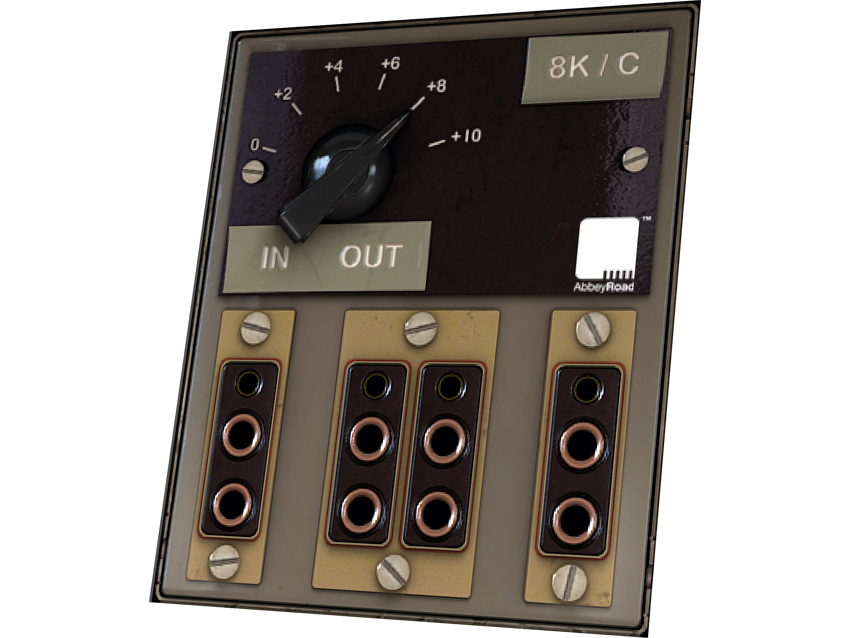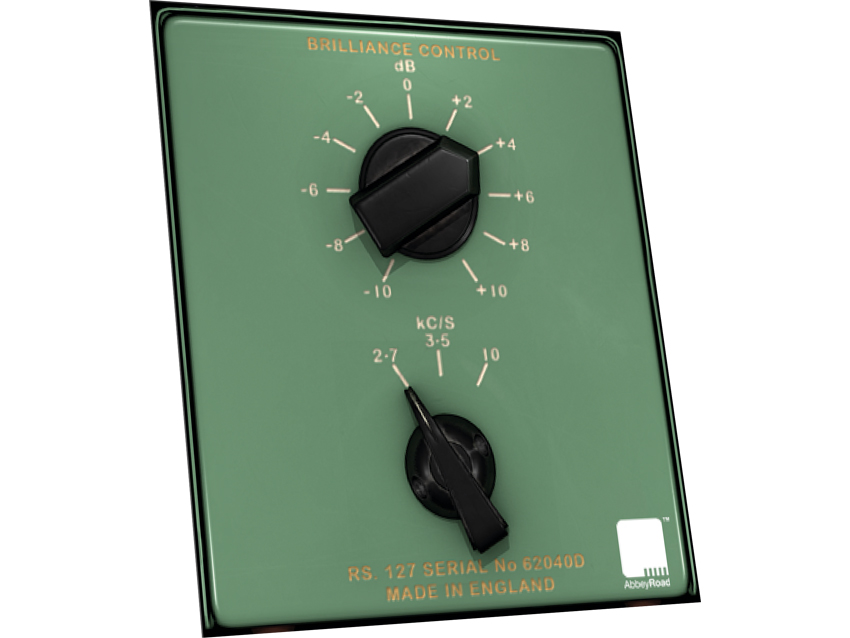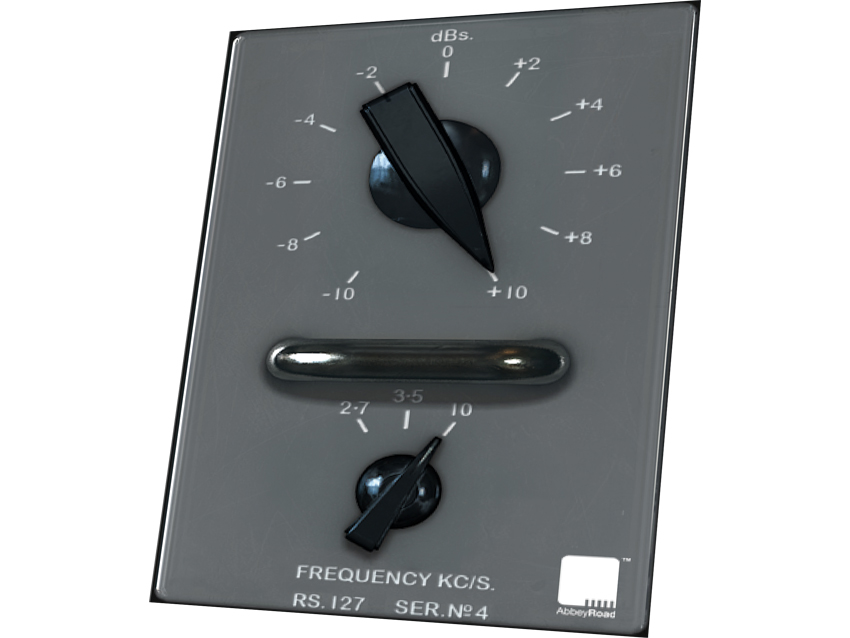MusicRadar Verdict
Breathing retro air into contemporary recordings, the Brilliance Pack is a winner.
Pros
- +
Wonderful 'air' enhancement. Glorious on vocals. Easy to use.
Cons
- -
You might want more control.
MusicRadar's got your back

Abbey Road Brilliance Pack

Abbey Road Brilliance Pack

Abbey Road Brilliance Pack
The word 'legend' is too easily applied in the music industry, but if there's one studio name which deserves such a tag beyond all others, it's surely Abbey Road.
Last year, Abbey Road's interactive department released the TG12413 Limiter plug-in, which emulated the in-channel limiting capabilities of EMI's classic TG12345 mixing desk.
Now it's at it again with the Brilliance Pack, which replicates the custom-made EMI RS127 and RS135 EQ modules, which were built to enhance the limited EQ options of the REDD mixing console.
Overview
Available directly from Abbey Road Interactive's website, the plug-ins are Mac- and PC-compatible and support the TDM, RTAS, AU and VST formats. They use iLok copy protection to ensure authenticity. Installation is painless and very soon after booting your DAW of choice, you'll be staring at rather nicely rendered pieces of recording history.

The RS127 module was available in two forms back in the '60s, both of which are replicated here. A grey, rack-mounted version was found in each studio while green, portable box versions were also made so that EMI engineers could take them wherever they were needed. Controls are limited to the master cut/ boost dial and a frequency switch below, which toggles between either 2.7, 3.5 or 10kHz.
As the development of these plug-ins took place, it was discovered that the EQ curves of this module were affected dramatically if the signal was passed through an EMI interfacing transformer. Accordingly, the grey 'rack' version is a replication of the original RS127, while the green 'box' produces this 'transformed' sound.
The RS135 module was built after the RS127 to provide access to frequency-tweaking between 5 and 10kHz. This plug-in is even more straightforward, as its active frequency is fixed at 8kHz. So, you're simply left to decide how many dBs to crank in, with a maximum of 10 being available.
Want all the hottest music and gear news, reviews, deals, features and more, direct to your inbox? Sign up here.
Summary
It doesn't seem so long ago that most of us wanted all-singing and dancing plug-ins which covered loads of bases. As more have become available, though, developers have begun to realise that if a plug-in can do one thing very well, it's just as likely to succeed.
Although the Brilliance Pack has a limited set of controls, it enables you to add (or cut) air, bite, clarity and precision to your mix. It's true that modern mixing desks don't suffer the same high-end EQ deficiencies as vintage-era EMI consoles, but it's equally true that these modules add these frequencies in a unique way.
The hardware modules have worked a treat for countless classic acts over the years - now their software successors can work a treat for you.
Take a listen to what the Brilliance Pack can do:
RS135: Soundscape 10dB boost
RS135: Hip-hop loop 8dB boost
RS127: Choir 10kHz boost
RS127: Acoustic guitar 10kHz boost